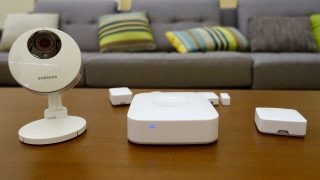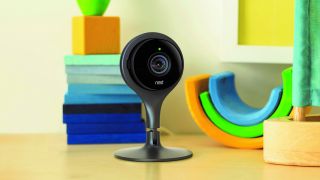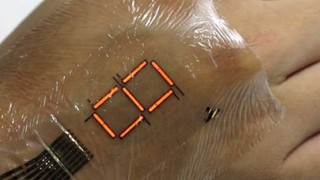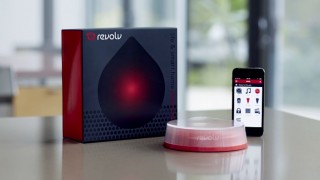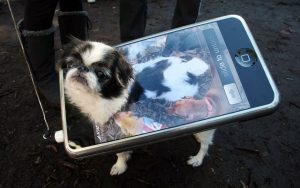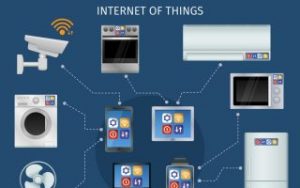
Cate Lawrence looks at how smart packaging has arrived, from advertisements incorporated into disposable coffee cups, to embedded food expiry dates to help reduce food waste, it’s a potentially massive market for the IoT.
Consider the number of the packaged products in the world, and that the possibility that each could be interactive either within the supply chain as part of the manufacturing process or as a retail product that interacts with the retailer and/or consumer.
All of a sudden the size of the Internet of Things (IoT) becomes unimaginably big…
